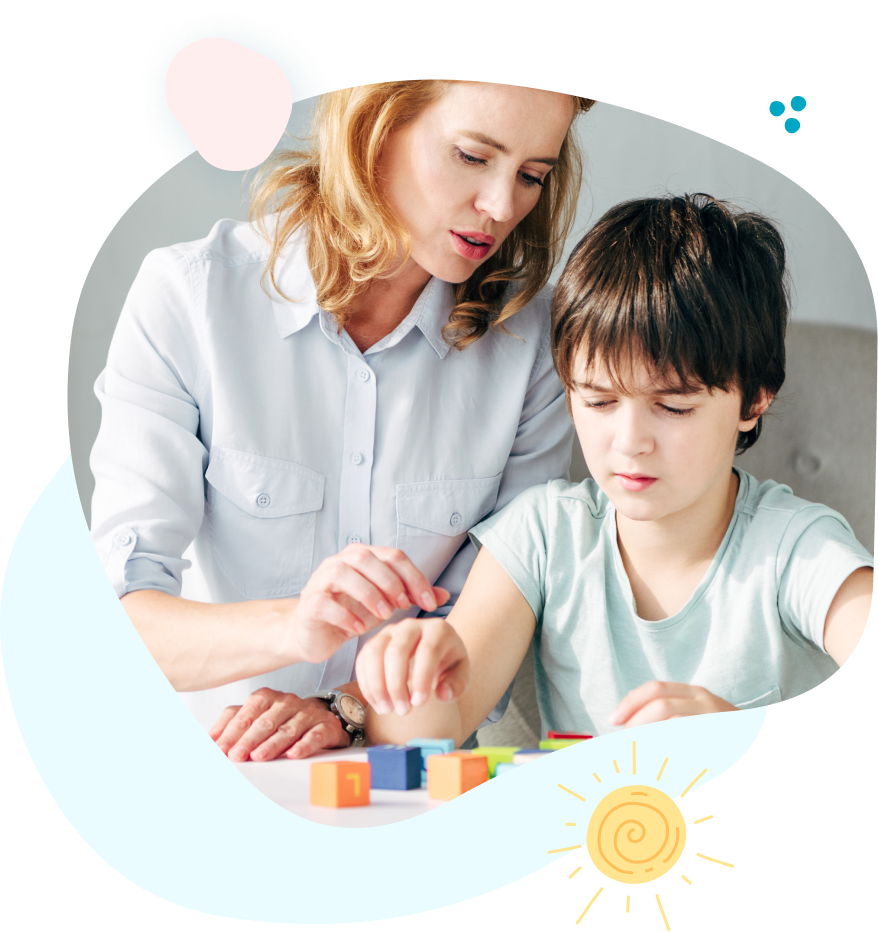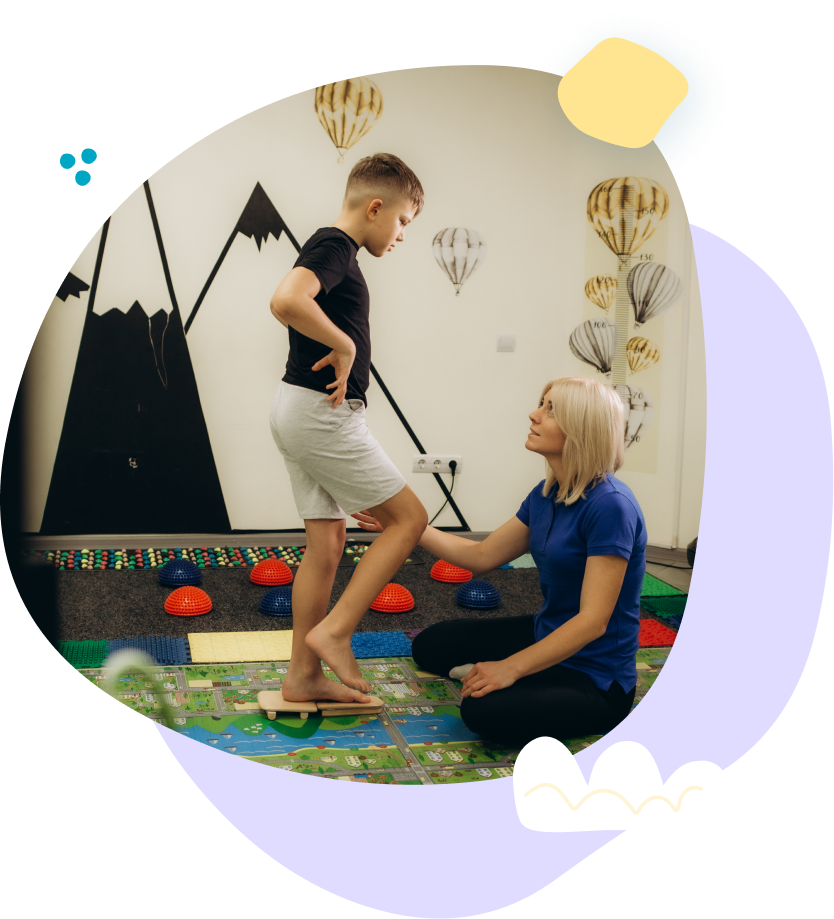Your Clinic
SET A LOCATION
Your Clinic
SET A LOCATION
Dyspraxia, often referred to as developmental coordination disorder (DCD), is a neurological condition affecting movement and coordination. Children with dyspraxia may struggle with everyday activities, including tasks requiring fine motor skills (like writing or buttoning clothes) and gross motor skills (like walking or jumping). It can also impact speech, memory, and even social interactions.
Early intervention is crucial to help children overcome challenges and build skills. Pediatric therapies—specifically occupational, speech, and physical therapy—offer targeted support to address key developmental hurdles.
Children with dyspraxia may experience a range of symptoms, such as:
Difficulty with coordination and balance
Poor hand-eye coordination
Challenges with handwriting and other fine motor tasks
Problems with speech clarity and planning
Sensory sensitivity
Difficulty learning new skills


Focus: Improving daily living skills, fine motor coordination, and sensory integration.
Occupational therapy helps children develop skills to complete everyday tasks. For kids with dyspraxia, OT sessions often involve:
Activities that promote dexterity and coordination, such as puzzles, threading, and crafts.
Exercises to improve pen grip, letter formation, and control.
Helping children process sensory input more effectively to reduce overstimulation or under-responsiveness.
Occupational therapists work closely with families, providing strategies to make daily routines more manageable and helping to build a child’s confidence and independence.
Focus: Enhancing communication, speech clarity, and language processing.
Dyspraxia can affect a child’s speech and language development. Speech therapists (SLPs) can help with:
Targeting the muscles used for speech to improve clarity.
Helping children practice sounds, words, and phrases in structured patterns.
Working on expressive and receptive language to support better communication and social interactions.
PROMPT is a hands-on therapy approach that helps children with dyspraxia improve speech clarity, language understanding, and social interaction. By using gentle touch to guide mouth movements, PROMPT helps children produce clearer speech sounds. Our trained therapists focus on your child’s unique strengths to support their communication and build confidence in social settings.
By addressing speech difficulties, children can improve both their self-expression and confidence in social settings.


Focus: Improving gross motor skills, strength, and overall coordination.
Physical therapists play an essential role in helping children with dyspraxia enhance their movement skills. This can include:
Exercises such as hopping, balancing on one foot, or obstacle courses.
Encouraging physical play that builds core strength and stamina.
Guiding children through step-by-step sequences of actions to improve movement control.
Physical therapy not only addresses physical limitations but also supports improved participation in school and play activities.
The earlier a child receives appropriate interventions for dyspraxia, the greater the potential for improvement. By addressing physical, speech, and coordination challenges through therapy, children can experience enhanced self-esteem, better academic performance, and more positive social interactions.
Successful management of dyspraxia often involves a team approach that includes parents, teachers, and therapists. By working together, we can create a supportive environment tailored to each child’s needs, helping them thrive in all aspects of life.
We empower children, families, and the community to learn, grow, and celebrate every child's unique abilities.
Quick Links
Contact Details
Phone: 561-376-2573 | 561-918-0190
Fax: 561-218-4939
VIP Concierge: 561-717-1764
Clinic Locations
All Rights Reserved | Progressive Pediatric Therapy, Inc. | Privacy Policy | Terms of Service
Site by Spearlance